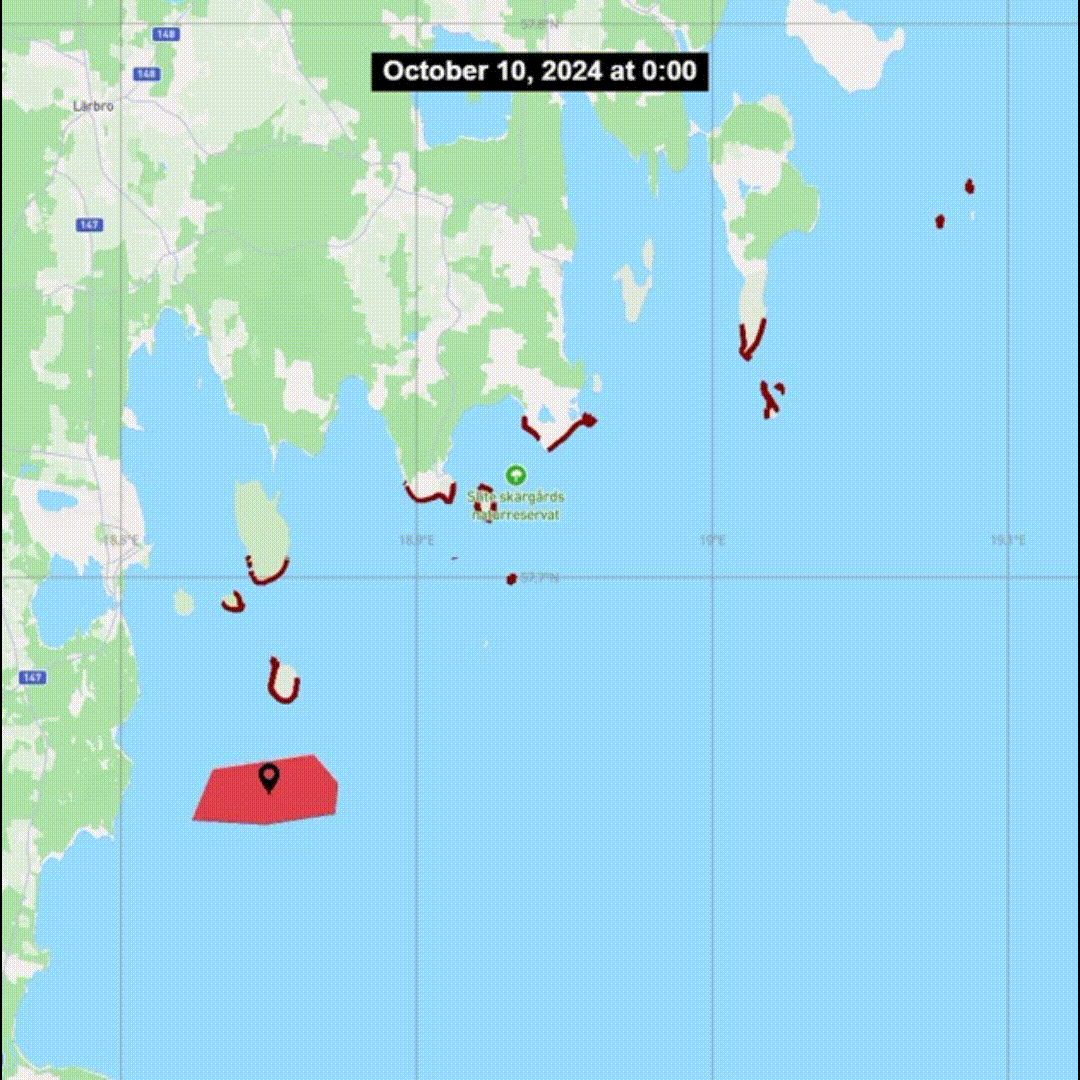
The primary challenges in oil spill response today revolve around the urgent need to minimize the devastating environmental impact of spills in oceans and coastlines. However, without the ability to predict the oil’s path, effective response strategies are impossible to develop, including the placement of equipment and response teams, estimation of the spill’s spread over time, and identification of potential impact areas.
Failure to provide timely, accurate information during such incidents has profound and lasting consequences, affecting not only the environment but also the economy. Therefore, understanding their movement as floating slicks is essential, but it’s immensely complex due to the influence of currents, winds, and tides, which continuously deform and alter their conditions.
More than 20 years studying ocean dynamics have led to an oil spill drift modelling tool with a performance like no other. DES’s cutting edge solution predicts oil spill behaviour within just few minutes, leveraging real-time access to our extense metocean dataset to enable rapid response planning and contributing to protecting coastal and marine ecosystems.
Success Stories
-
01
2015. Oleg Naydenov
In April 2015, the sinking of the “Oleg-Naydenov” fishing boat near Gran Canaria (Spain) caused a fuel spill, costing the island’s economy €40M. Existing drift models failed to predict the spill’s impact accurately, but internal simulations correctly forecasted the impact location on the island and an approaching band towards Tenerife, later confirmed by satellite analysis and in-situ measurements.
-
02
2017. Volcán de Tamasite
In April 2017, the “Volcán de Tamasite” ferry struck a pipeline in Gran Canaria (Spain), releasing 65 m3 of diesel. Our model accurately predicted the spill’s trajectory towards the south, matching observed satellite images. Effective response efforts prevented damage to a water treatment plant and a fish farm, resulting in lower final damage due to containment operations.
-
03
2021. Eastern Mediterranean
In February 2021, a significant tar spill affected 116km of the Israeli coast. Despite efforts to identify the responsible vessel, none were successful. Using chemical analysis and reverse tracking, our algorithm pinpointed the spill’s origin in both time and place, revealing it as a combination of two separate spills, confirmed by distinct tar traces. These findings were published by Nature.
-
04
2022. OS35
In August 2022, the OS35 bulk carrier leaked fuel oil near Gibraltar (UK) despite salvage efforts, and some fuel reached the coast. Our forecast helped marine biologists at the Andalusian government and Brutal.org to track the spill and coordinate rescue efforts, saving dolphins and other cetaceans from certain death.
